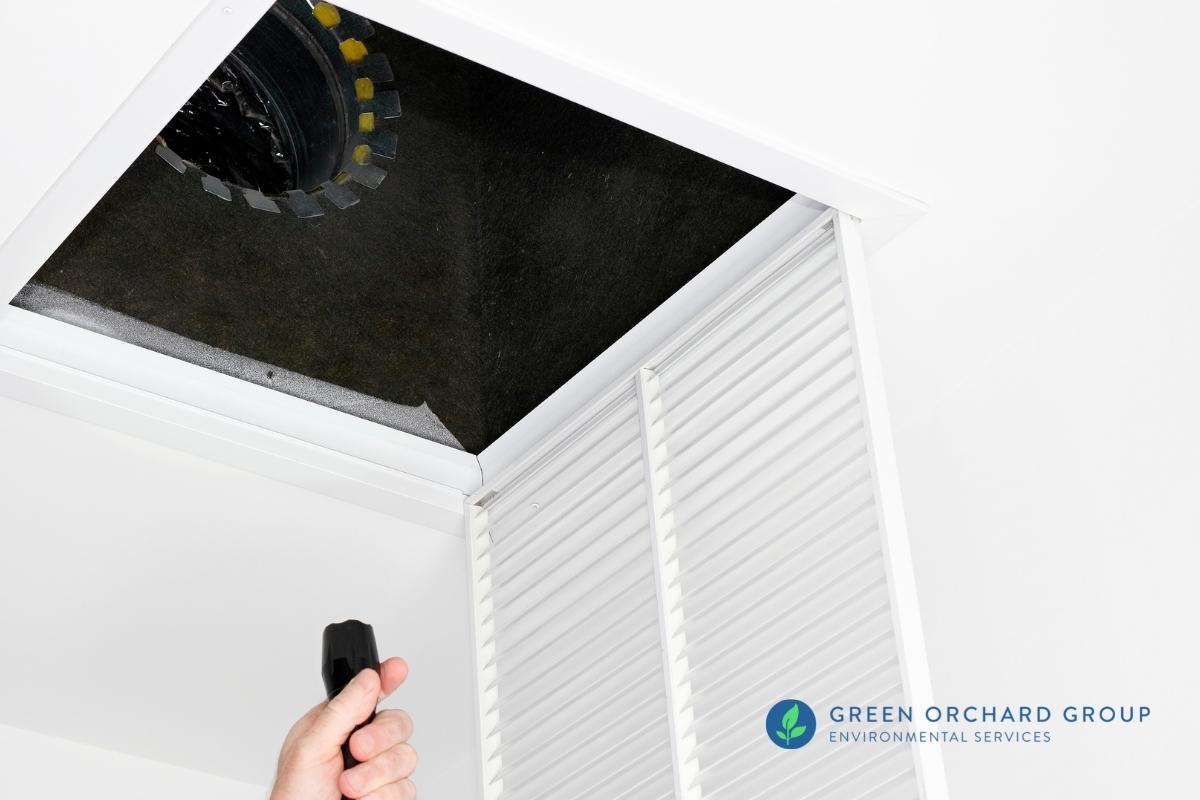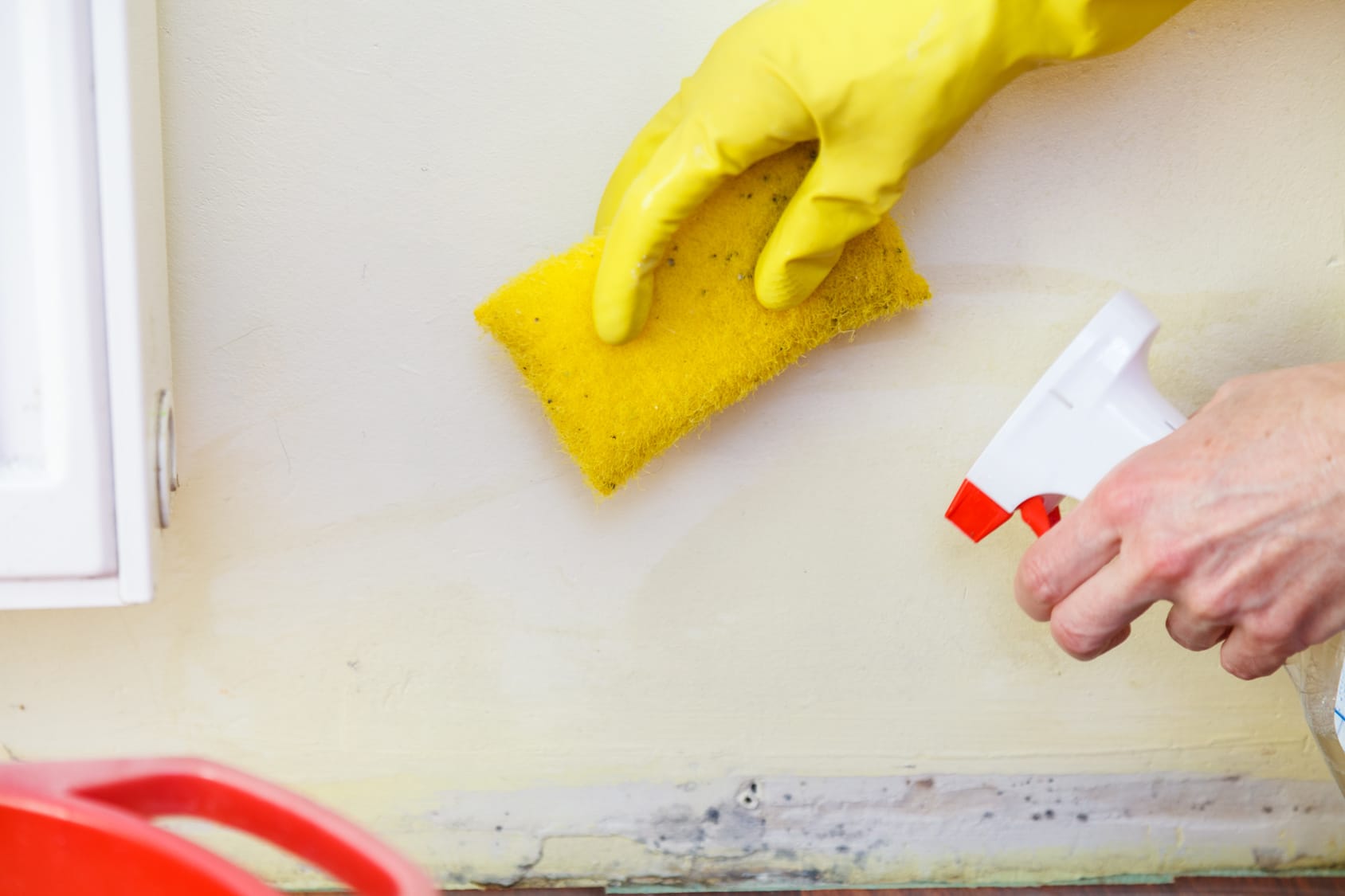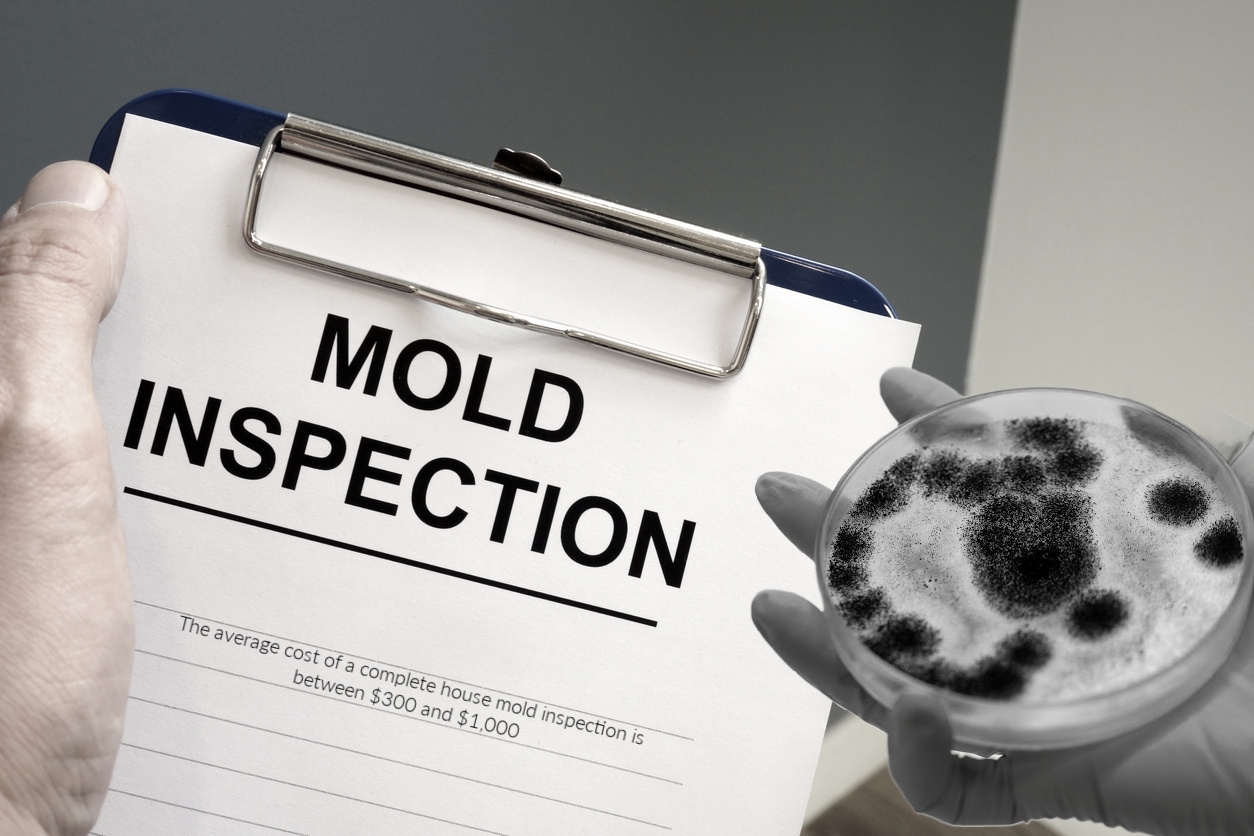Advice on What to Do After Mold Remediation
Advice on What to Do After Mold Remediation
Blog Article
Your Ultimate Overview to Post Mold Remediation Strategies
Navigating the world of post-mold remediation strategies is a meticulous process that demands interest to detail and a thorough understanding of the intricacies involved. In the after-effects of mold problem, recognizing exactly how to efficiently eradicate the mold and stop its reoccurrence is vital for preserving a healthy and balanced indoor environment. From selecting the best cleaning and disinfecting methods to applying techniques for lasting mold avoidance, each step in the removal journey plays an essential function in making certain an effective outcome. As we embark on this exploration of post-mold removal methods, we will certainly uncover the vital approaches and finest methods that can help you restore your area to its pre-mold condition and guard it versus future mold hazards.
Understanding Post-Mold Remediation Process
After completing the mold removal procedure, it is critical to understand the post-mold remediation techniques that are required to make sure a efficient and complete cleaning. Once the mold and mildew has actually been eliminated, the next step entails cleansing and sanitizing the affected locations to protect against any regrowth of mold and mildew. This includes utilizing specialized cleaning agents to clean down surfaces and kill any staying mold and mildew spores. It is vital to dry the location totally to dissuade the growth of mold and mildew in the future (After mold remediation). Correct air flow and dehumidification can assist in this procedure.
Moreover, performing a last inspection post-remediation is vital to make sure that all mold and mildew has actually been efficiently removed. If the evaluation reveals any kind of remaining mold, additional remediation might be essential.
Effective Cleaning and Sanitizing Techniques

Stopping Future Mold And Mildew Development

Relevance of Correct Ventilation
Proper ventilation plays a critical duty in avoiding wetness accumulation, an essential aspect in mold development within indoor atmospheres. Efficient ventilation systems assist remove excess moisture from the air, minimizing the opportunities of mold and mildew spores discovering the dampness they need to spread and germinate. Without ample ventilation, indoor areas can end up being a breeding ground for mold her response and mildew, bring about potential health dangers and structural damages.
By making sure appropriate air blood circulation, ventilation systems can likewise assist in drying out damp areas extra rapidly after water damages or flooding incidents, further click for more deterring mold growth. Post Remediation Inspection near me. Precede like bathrooms, cellars, attic rooms, and cooking areas where dampness levels tend to be higher, mounting and preserving efficient ventilation systems is vital in protecting against mold infestations

Surveillance and Upkeep Tips
Given the vital duty that appropriate ventilation plays in avoiding mold and mildew development, it is necessary to establish reliable surveillance and maintenance ideas to make sure the continued capability of ventilation systems. Routine inspections of air flow systems should be carried out to look for any indicators of obstructions, leakages, or malfunctions that can impede appropriate air movement. Monitoring moisture degrees within the home is additionally critical, as high moisture can contribute to mold and mildew development. Setting up a hygrometer can aid track moisture degrees and sharp homeowners to any browse around this web-site type of spikes that might require attention. Furthermore, ensuring that air filters are regularly cleaned up or changed is necessary for keeping the efficiency of the ventilation system. Applying a schedule for routine upkeep tasks, such as air duct cleaning and HVAC system inspections, can assist avoid concerns before they escalate. By remaining proactive and attentive to the problem of air flow systems, homeowner can efficiently minimize the danger of mold and mildew regrowth and preserve a healthy indoor atmosphere.
Conclusion
In final thought, post-mold removal techniques are crucial for making sure a tidy and safe atmosphere. Recognizing the process, carrying out reliable cleansing and decontaminating techniques, stopping future mold growth, preserving proper ventilation, and routine surveillance are all essential action in the removal process. By adhering to these standards, you can successfully remove mold and avoid its return, promoting a healthy and balanced living or functioning room for all residents.
In the after-effects of mold and mildew infestation, knowing how to effectively eradicate the mold and mildew and avoid its reoccurrence is extremely important for preserving a healthy indoor environment. Once the mold and mildew has actually been gotten rid of, the next action involves cleaning and sanitizing the impacted locations to prevent any regrowth of mold - what to do after mold remediation. After removing visible mold development, it is essential to clean all surface areas in the damaged area to remove any remaining mold spores. To further boost mold and mildew avoidance steps, it is vital to resolve underlying problems that initially led to mold advancement.Given the important duty that appropriate air flow plays in preventing mold and mildew development, it is necessary to establish efficient surveillance and upkeep suggestions to guarantee the continued functionality of air flow systems
Report this page